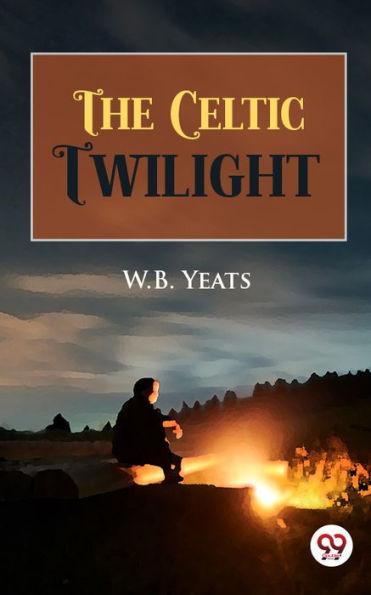Paddy Flynn, a little, youthful elderly guy, told me many of the stories in this book. He resided in Ballisodare, County Sligo, in a leaky, one-room hut.No matter what one questions, one never doubts the faeries because "they stand to reason," as a man with an Indian mohawk tattoo on his bicep puts it. Even in the rural areas of the west, there are some sceptics.Minorities do not exist in the tiny towns and villages. Every man is a class unto himself, and every hour presents a fresh obstacle. The illiterate masses don't care about us any more than the elderly horse staring through the local pound's fence does. They claim, "These are ghosts."A "strong farmer," or a "knight of the sheep," as they would have called him in Gaelic times, resides in Cope's mountain. He is a man of might in both words and acts, proud of his lineage from one of the Middle Ages' fiercest clans. According to legend, the Faery People live in a cave beneath damp sea sand, surrounded by black rocks. The girl observed a strong light coming from the cave and several little figures dancing to music while wearing mostly red costumes of various colors.



